How to grow almond trees in pots – and transform small spaces with this unusual spring bloomer
Follow this expert-approved guide so that your pot-grown almond trees thrive


Almond trees might not be your first thought when looking for plants to grow in containers, but these spring-blooming trees deserve more attention. Even in small and compact spaces, it is possible to enjoy a harvest of nutritious almonds.
Almond trees, or Prunus dulcis, typically bloom in late winter or early spring, and similar to their cherry tree cousins, produce masses of pink or white flowers that have a delicate fragrance. Not only do they look spectacular when grown in pots, but they will also prove popular with early-to-rise pollinators.
So, if you want to elevate your container garden display this year, consider learning how to grow an almond tree in pots. Here, one tree expert reveals all you need to know to succeed, including pot size, fertilizing requirements and how to ensure that you enjoy a harvest of delicious nuts.
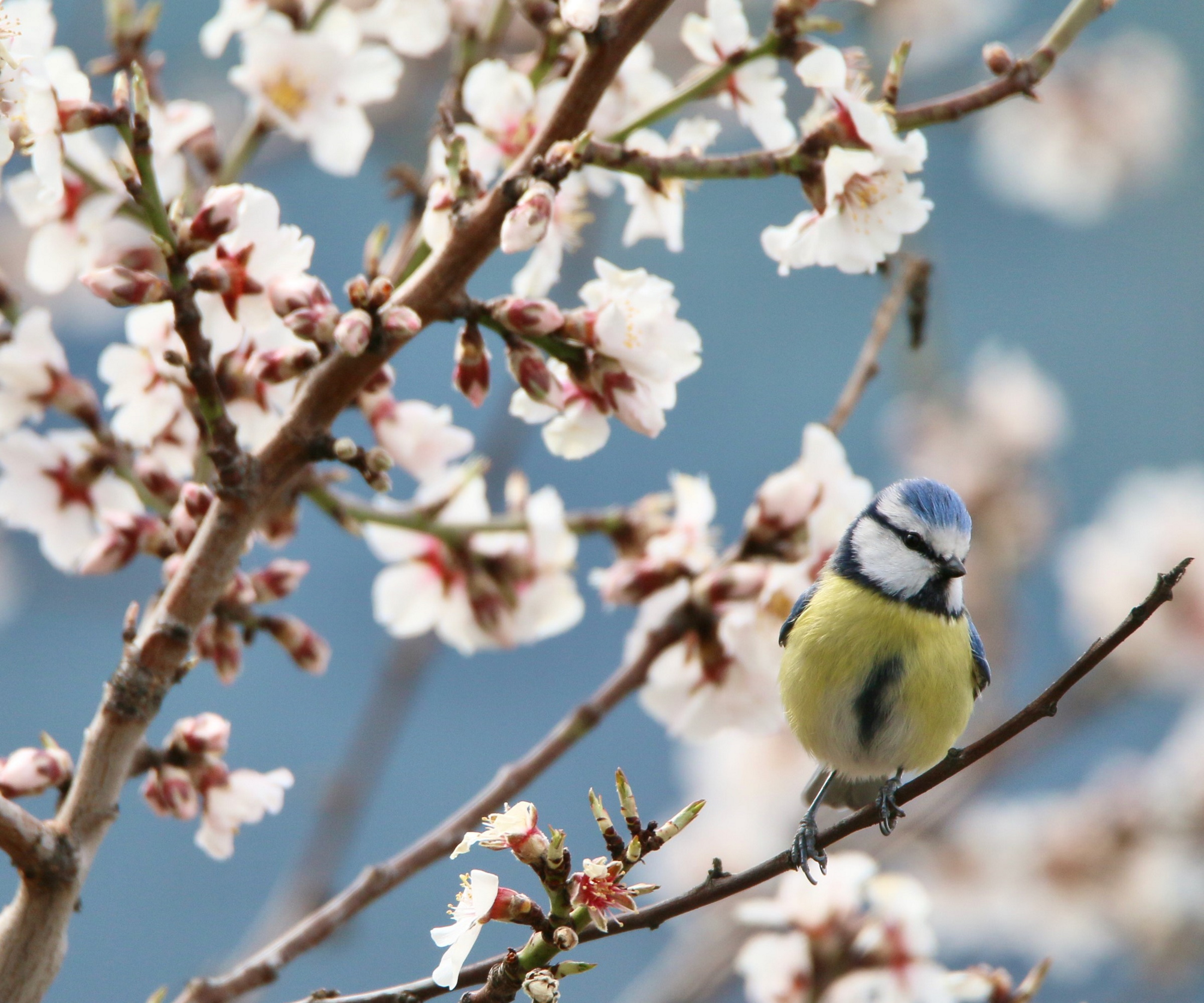
How to grow almond trees in pots
Almond trees are native to North Africa, the Mediterranean and the Middle East. They thrive in warm and sunny environments and typically grow best from US hardiness zone 7 to zone 9. While they are generally considered low-maintenance plants, there are a few rules to follow when learning how to grow almond trees in pots.
Growing advice for almond trees in pots

First, choose a large pot that measures around 20 inches in diameter. Selecting a big container will encourage your almost tree to produce a good, strong root network. Find a sheltered and sunny corner in which to position your planter. If it is heavy, you might need to ask a neighbor to lend a hand.
'Almond trees grow best in areas with long, hot and dry Mediterranean-style summers,' says Fern Berg, tree expert and founder of Tree Vitalize. 'Whatever zone you reside in, make sure you position your almond tree in full sun for optimal flower and fruit production.'
Next, you want to fill your container with a good quality potting mix, available from Amazon. 'It is important to use well-draining and loamy soil,' Fern says, 'as almonds do not like to have wet feet.' If needed you can incorporate some grit or sand in your potting mix to improve drainage.
In terms of how to plant a tree, take time to get the depth just right. You must plant it at the same soil level as the pot it came in. Following this, you want to complete some deep watering to help the plant establish. You can also apply a layer of mulch, no more than an inch or two, to the top of the container to help retain moisture during the summer months.
Following this, you want to provide consistent but not excessive moisture, watering only when the top two inches of soil are dry. 'Fertilizing in spring is also a good idea,' says Fern. 'Use a well-balanced fertilizer which will encourage almond tree blossom.' Organic tree fertilizer is available from Amazon.
If your tree is happy, it should produce between 10 to 20 inches of growth each year, although this can be much reduced when grown in a pot. Prune your almond tree in winter when the plant is dormant, removing any dead, diseased or damaged stems while also thinning the center of the crown to create an open canopy.
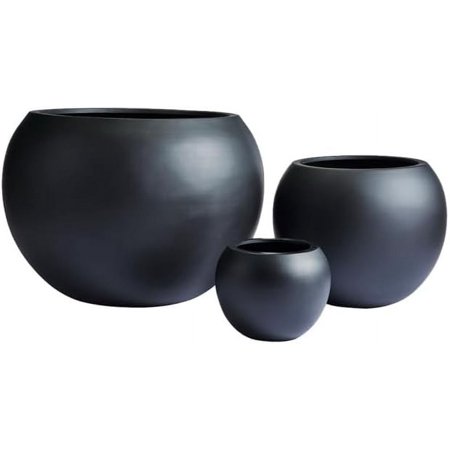
These large, modern planters are ideal for almond tree growing. They are made of fiberglass, so will prove to be both durable and resistant.
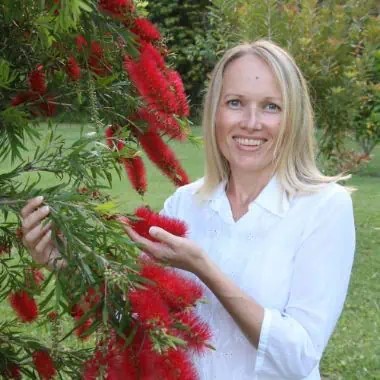
Fern is the founder of Tree Vitalize and has planted and currently cares for over 100 different native and exotic fruit, nut, and ornamental trees. She also cultivates an extensive vegetable garden and several flower gardens and cares for an ever-growing happy family of indoor plants. Fern has a special interest in biodynamic farming, food production, and closed-loop agriculture and is currently in the process of becoming an IARC-certified horticulturist.
Almond tree varieties to grow in pots
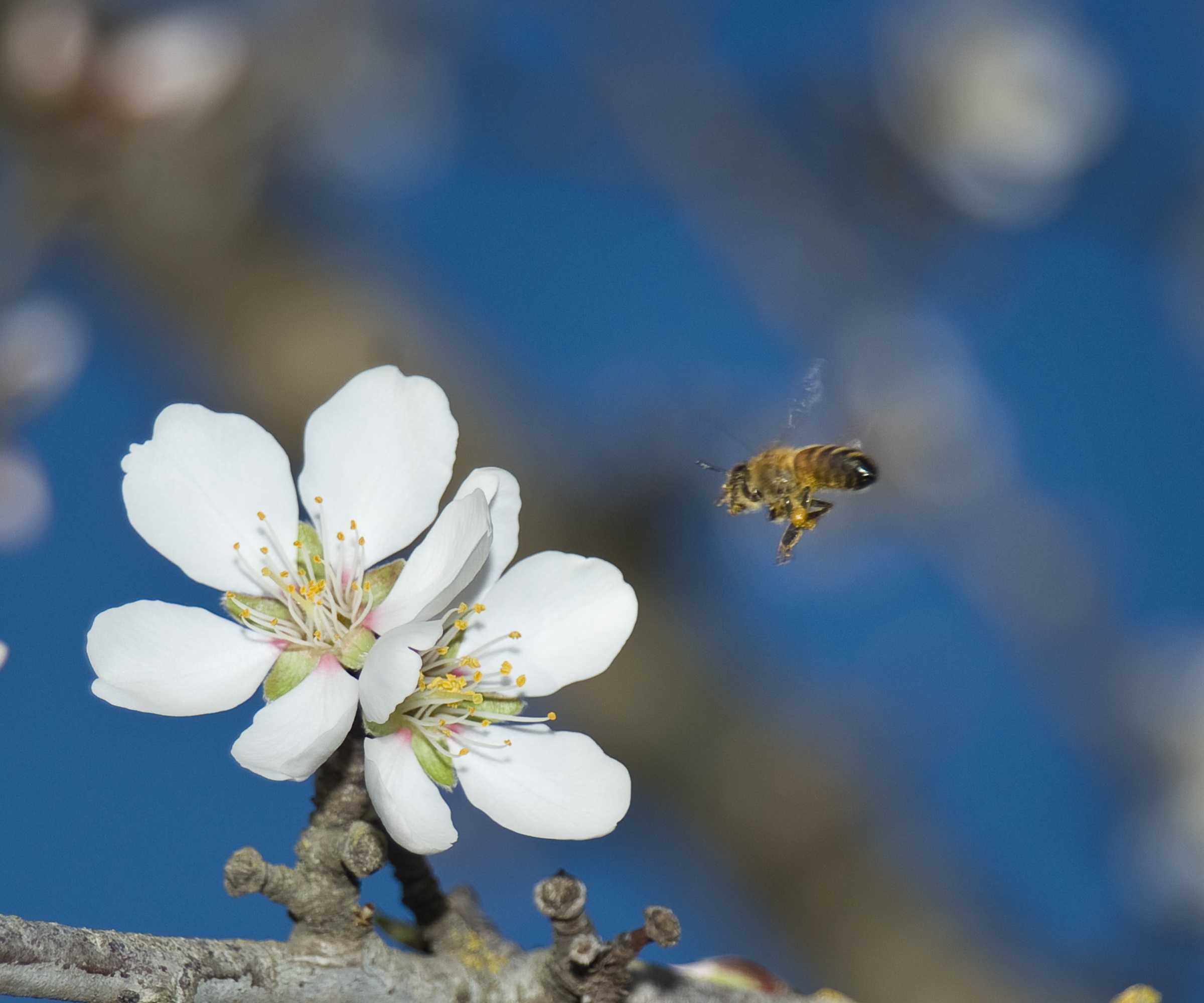
Almond trees are some of the best trees to grow in pots, but before launching ahead and ordering a plant that you like the look of, think carefully about the variety. 'Unless you intend to plant two different almond trees, you should select a self-fertile cultivar,' Fern says. 'This means that the tree can produce fruit on its own without the need for another plant to pollinate it. Fortunately for us, self-fertile options are today increasingly available.'
'One excellent self-fertile option is the dwarf 'Garden Prince’ variety,' Fern says. 'It grows to just 8 to 10 feet tall and produces beautiful blossoms and a good crop of sweet, soft-shelled almonds.
'For those in cooler climates, consider growing the ‘All-In-One’ variety,' Fern says. 'This compact and hardy almond tree is rare in that it can be grown down to zone 5. It is self-fertile, reliable and produces sweet nuts after a few years of growth.'
Live plants of the 'All-in-One' almond variety are available to order from Amazon.
FAQs
Do you need to winterize almond trees?
While this will depend on the species and variety you grow, in most cases, winterizing almond trees is only necessary for gardeners in very cold regions. 'Almond trees actually need a minimum amount of cold or ‘chill hours’ in order to break dormancy and produce flowers,' Fern says. 'So if you grow in zone 7 plus, you shouldn't need to winterize them unless a very heavy frost is on the way.'
In terms of nut production, you can expect your trees to produce their first crop 3 to 5 years after planting. While this does require a small amount of patience, the wait will be worth it when you are impressing friends and family with a harvest of delicious, sweet almonds.
For more inspiration, see our growing guide for flowering cherry trees and how to grow flowering cherry trees in pots, to fill your yard with even more spring flowering plants this year.
Sign up to the Homes & Gardens newsletter
Design expertise in your inbox – from inspiring decorating ideas and beautiful celebrity homes to practical gardening advice and shopping round-ups.

Thomas is a Content Editor within the Gardens Team at Homes and Gardens. He has worked as a professional gardener for both public spaces and private estates, specializing in productive gardening, growing food and flowers. Trained in Horticulture at the Garden Museum, he has written on gardening and garden history for various publications, including The English Garden, Gardens Illustrated, Hortus, The London Gardener and Bloom. He has co-authored a Lonely Planet travel book, The Tree Atlas, due out in 2024.
You must confirm your public display name before commenting
Please logout and then login again, you will then be prompted to enter your display name.
-
 5 key trends from Milan Design Week that are going to change the design direction of 2025
5 key trends from Milan Design Week that are going to change the design direction of 2025From floating furniture to silvered surfaces, here's my perspective on the key themes and new moods coming through from Milan Design Week 2025
By Pip Rich Published
-
 The rumours are true, the NYC trend for fringes and trimmings is actually happening – they are the secret weapon for making a room look expensive
The rumours are true, the NYC trend for fringes and trimmings is actually happening – they are the secret weapon for making a room look expensiveA trim or a ruffle is the finishing touch that can take a scheme from ordinary to the extraordinary in an instant
By Jennifer Ebert Published
-
 How to grow impatiens – garden experts reveal the secrets to growing this shade-tolerant, sparkling summer plant
How to grow impatiens – garden experts reveal the secrets to growing this shade-tolerant, sparkling summer plantBoth 'Busy Lizzie' and 'New Guinea' impatiens can thrive in shady yards
By Ellen Wells Published
-
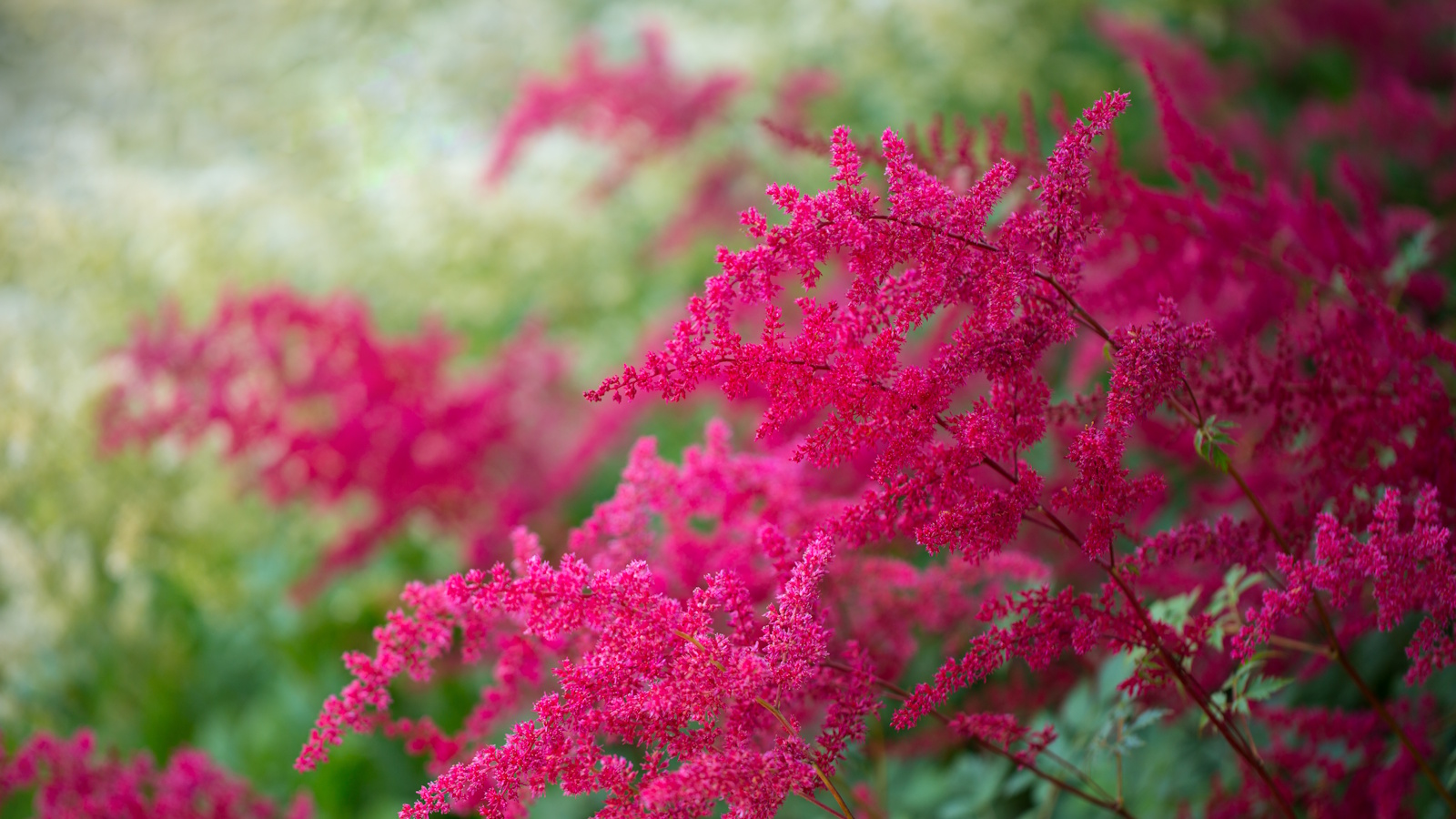 How to grow astilbe – expert advice on cultivating this shade-tolerant flowering perennial
How to grow astilbe – expert advice on cultivating this shade-tolerant flowering perennialShade-tolerant and pest-resistant - astilbe are hardy and tough perennials that can thrive in many settings
By Ellen Wells Published
-
 7 native perennials to plant in April – for glorious flowering displays to attract bees, butterflies, and hummingbirds
7 native perennials to plant in April – for glorious flowering displays to attract bees, butterflies, and hummingbirdsDiscover some of the best perennials to plant in April to make your garden a hotspot for wildlife
By Drew Swainston Published
-
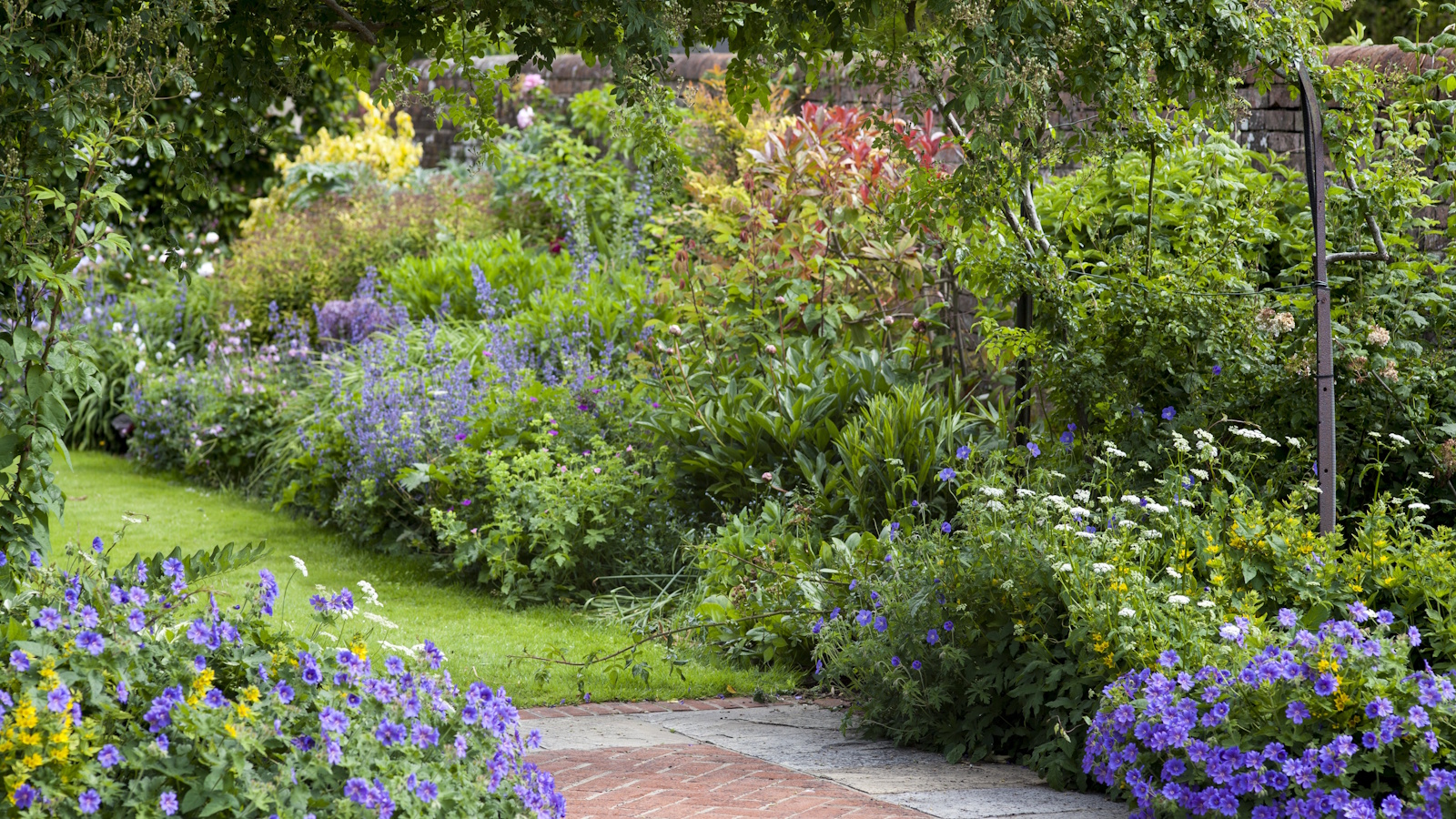 Is the viral salt hack the secret to a weed-free patio? A garden expert warns of irreparable, long-term damage – plus reveals the safest way to get results
Is the viral salt hack the secret to a weed-free patio? A garden expert warns of irreparable, long-term damage – plus reveals the safest way to get resultsYou might have seen gardeners on TikTok or Instagram using salt to kill weeds in pavers, but this hack should be avoided at all costs
By Thomas Rutter Published
-
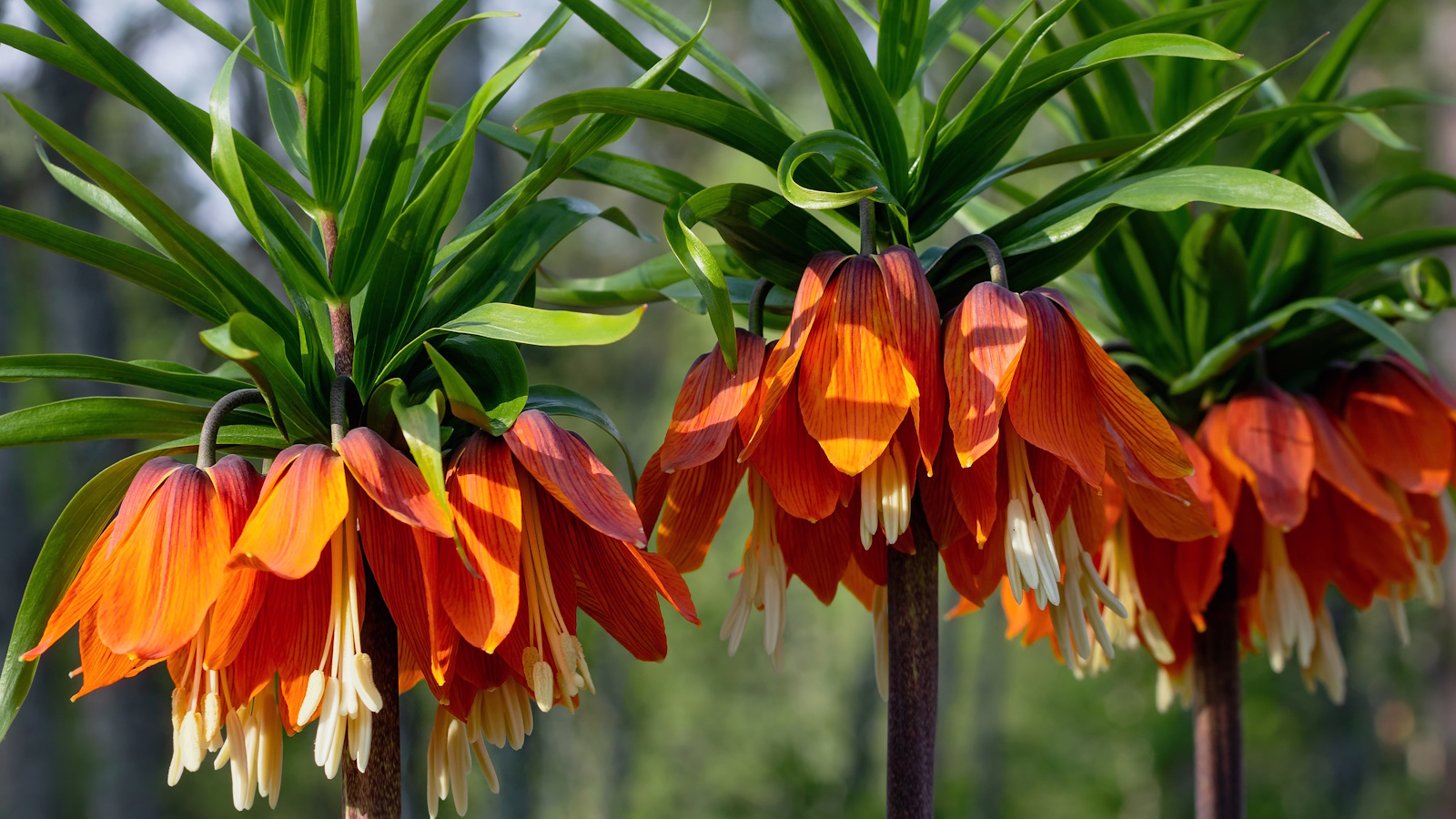 Worst-smelling plants to avoid – experts reveal 5 pungent species and suggest perfumed options to grow instead
Worst-smelling plants to avoid – experts reveal 5 pungent species and suggest perfumed options to grow insteadThese are some of the worst-smelling plants that can cause quite a stink
By Thomas Rutter Published
-
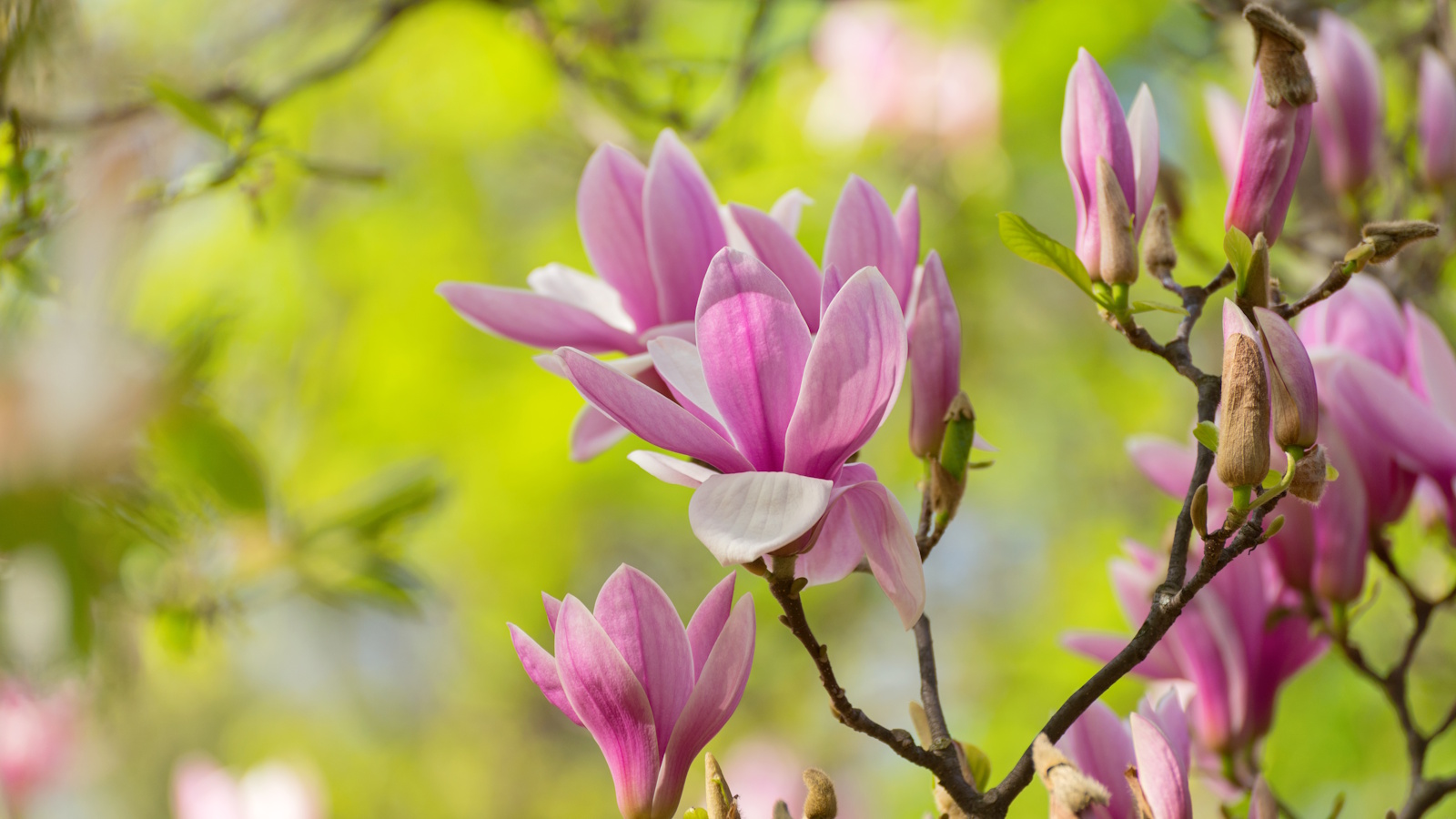 How to fertilize magnolias – garden experts reveal the secrets to better blooming, and timing is critical
How to fertilize magnolias – garden experts reveal the secrets to better blooming, and timing is criticalMagnolias are famed for their spring flowers, and feeding at the right time can give trees a boost
By Thomas Rutter Published
-
 How to revive old rhododendron plants – pruning advice from a professional gardener to save your struggling shrubs
How to revive old rhododendron plants – pruning advice from a professional gardener to save your struggling shrubsWith the right pruning approach, you can rejuvenate old and woody rhododendrons
By Thomas Rutter Published
-
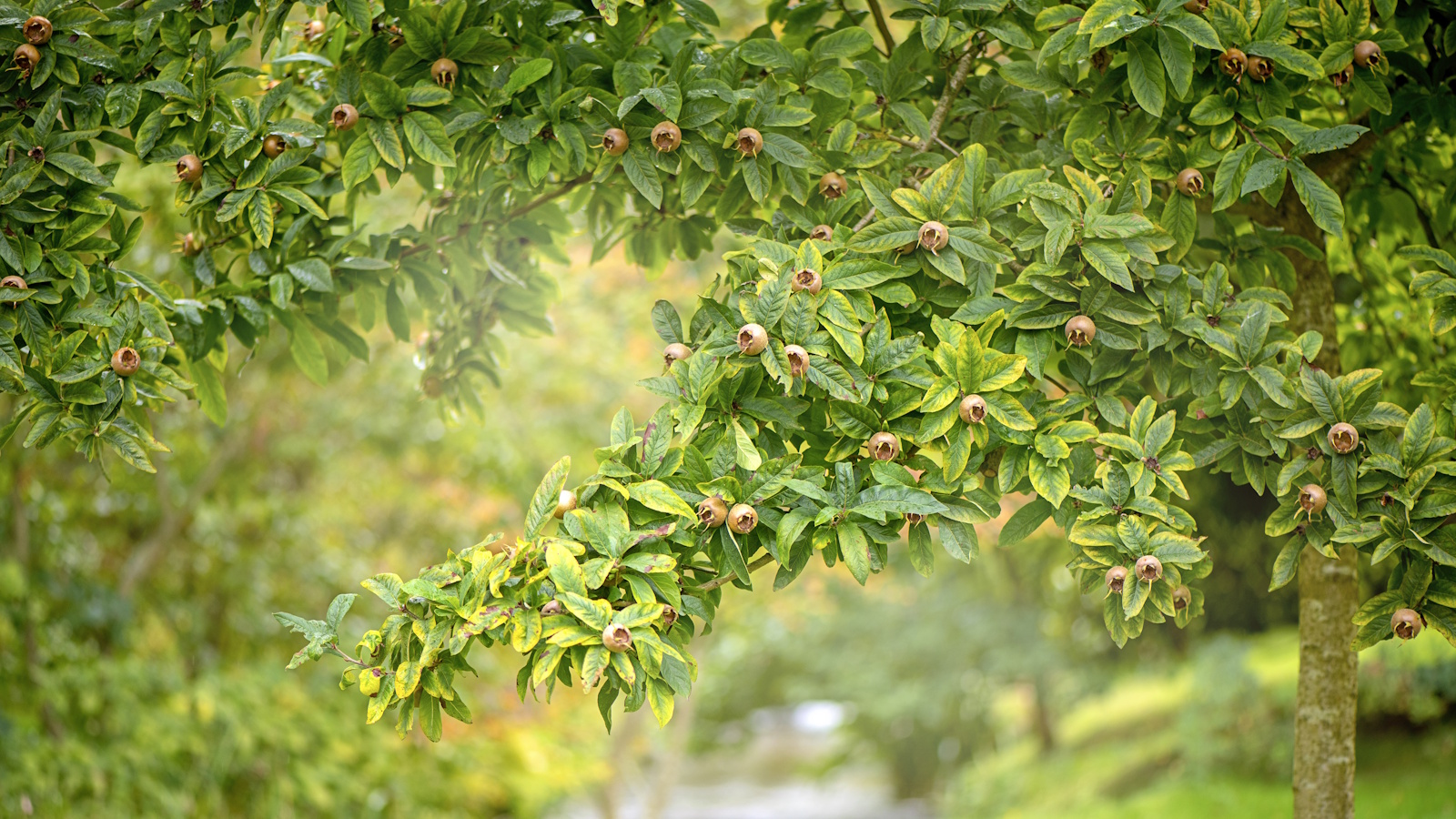 How to grow medlar trees – to enjoy a harvest of unusual fruits from this forgotten heritage species
How to grow medlar trees – to enjoy a harvest of unusual fruits from this forgotten heritage speciesMedlar fruits were once a popular delicacy, yet today, they are a rare find
By Thomas Rutter Published